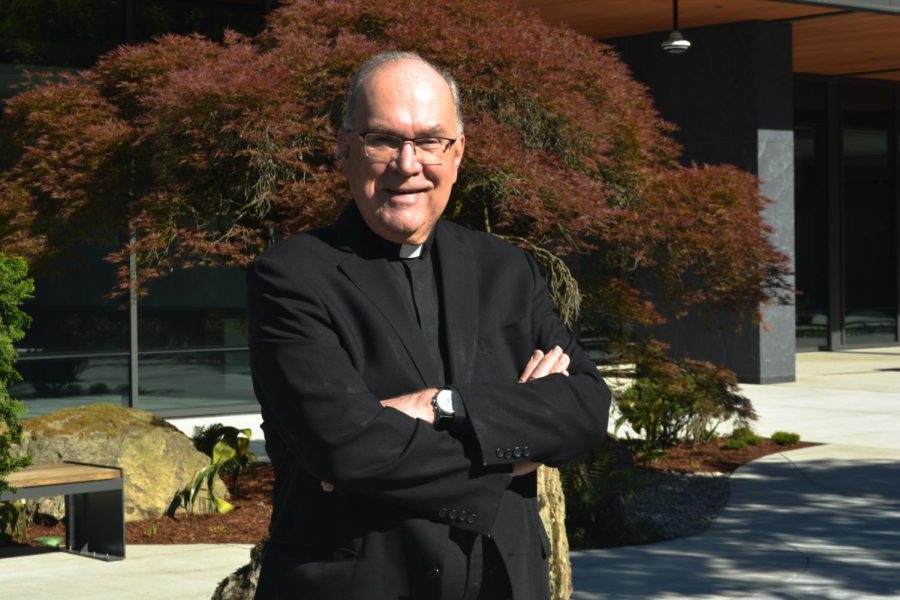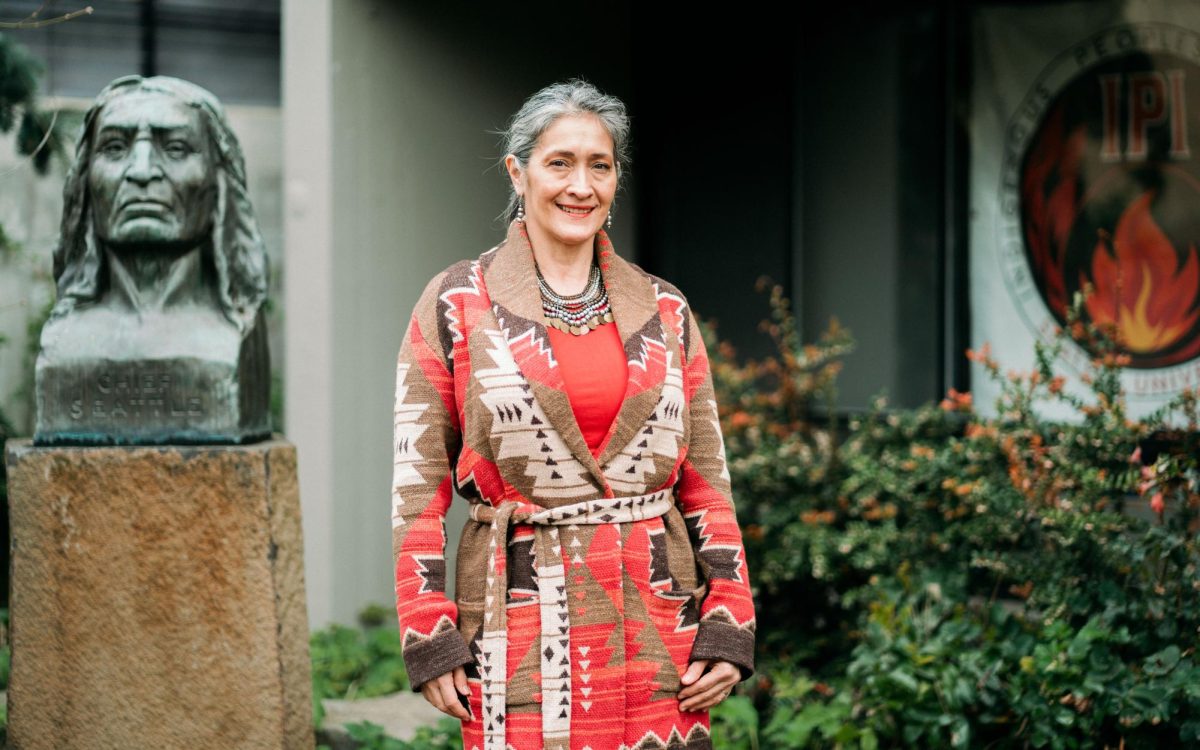“Quite frankly, I was not surprised,” Michelle Kim, director of the MOSAIC Center at Seattle University said.
“The outcome was predictable given the current composition of justices and climate around topics of race and [Diversity, Equity, and Inclusion] in this country. And, yet it was extremely disappointing and heartbreaking,” Kim said.
This summer, the U.S. Supreme Court voted 6-3 to effectively end race-conscious admissions at colleges and universities, public and private, across the country. Case 20-1199 was originally argued Oct. 21 by Harvard College and the University of North Carolina (UNC). Both institutions have been under fire for their selective admissions process.
“Admission to each school can depend on a student’s grades, recommendation letters, or extracurricular involvement. It can also depend on their race. The question presented is whether the admissions systems used by Harvard College and UNC are lawful under the Equal Protection Clause of the Fourteenth Amendment,” Students for Fair Admission argued.
Ultimately, the Supreme Court ruled that UNC and Harvard’s affirmative action programs violated the Equal Protection Clause under the Fourth Amendment. This historic decision has caused shock in college communities due to overturning 45 years of precedent established in previous Supreme Court decisions argued before the court.
A week after the ruling, the Department of Education opened a civil rights investigation pertaining to Harvard’s legacy admissions policies. Harvard, having a reputation for being a prestigious university, has been accused of giving preferential treatment to relatives of alumni and donors, as opposed to students of color. According to Harvard College statistics for the class of 2027, roughly 40.8% of accepted undergraduates are presumed to be white.
However, the impact of the ruling does not end with Harvard, as other campuses reckon with what the decision means for their own admissions programs.
Kim also spoke about the importance of diversity on college campuses by giving insight into the work she does at the MOSAIC Center.
“At the heart of it is my commitment to creating space (systemically, spatially and emotionally) for all voices to be shared, heard and valued on our campus. I believe that we all deserve to be in a learning environment and community where we can thrive,” Kim said.
Kim voiced her concerns surrounding the Supreme Court’s ruling, one being that life at colleges and universities may be permanently altered.
“One of my fears with this SCOTUS decision is the negative impact it may have on campus climate and sense of belonging for the students of color,” Kim said.
“The highest court in our country essentially sided with the myths of colorblindness and meritocracy, which, at best, is misguided, but at worst, is dangerous and gives people permission to act on their false sense of entitlement and superiority.”
Kim also provided knowledge explaining some of the struggles students of color face in college settings.
“There is a potential for heightened levels of bias incidents or micro-aggressive behaviors in and outside of classrooms. Students may experience heightened levels of imposter syndrome or hypervigilance,” Kim said.
Natasha Martin, the vice president for the Office of Diversity and Inclusion at Seattle U, spoke on the importance of universities and colleges infusing diversity into their campus culture.
“Institutions of higher learning have an obligation not only to recruit and admit students who bring a broad range of diverse experiences but also to foster the atmosphere conditions for them to thrive,” Martin explained. “Thus, institutions must be intentional about embedding and infusing diversity and inclusion throughout their practices, policies, and programs. Diversity and inclusion enhance learning environments, and focused attention on DEI efforts assists institutions to translate these values into practice.”
Martin agreed that the presence of diversity and inclusion in education institutions are under attack across the country.
“There is little doubt that diversity and inclusion efforts in education are under attack. There is a myriad of action taking place across the country that impacts K-12 education and DEI efforts on college campuses,” Martin concluded.
President Eduardo Peñalver spoke to the vital significance of affirmative action, along with its correlation to incorporating diversity in higher education.
“I don’t think there is any question that affirmative action has helped to increase the diversity of higher education over the past few decades. But it is just one tool among many,” Peñalver said.
Amid the potential disadvantages and limitations that may follow the ruling, Peñalver expressed that Seattle U is awaiting further guidance from the Biden Administration, Department of Education and Department of Justice.
“I can say that we remain committed to ensuring that all our students have the resources they need to succeed at Seattle University, and I am confident that nothing in the Supreme Court’s decision will prevent that,” Peñalver said.
In light of recent changes to admissions programs at the federal level, multiple campus leaders such as President Peñalver and Kim have affirmed their confidence in the university’s commitment to diversity and inclusion, particularly through programs such as the Strategic Directions Initiative.












